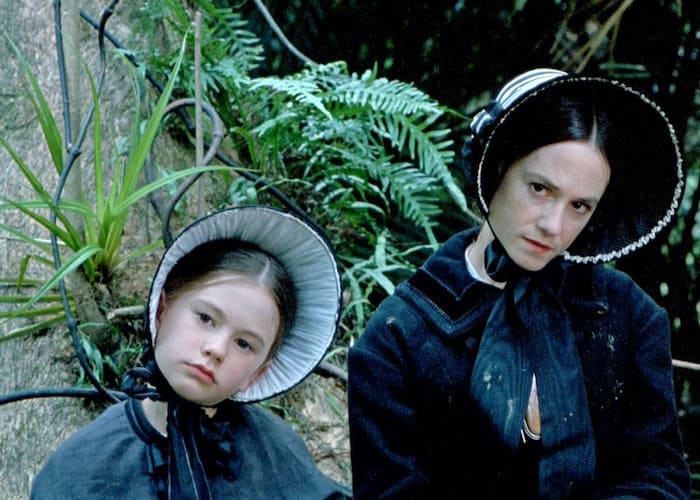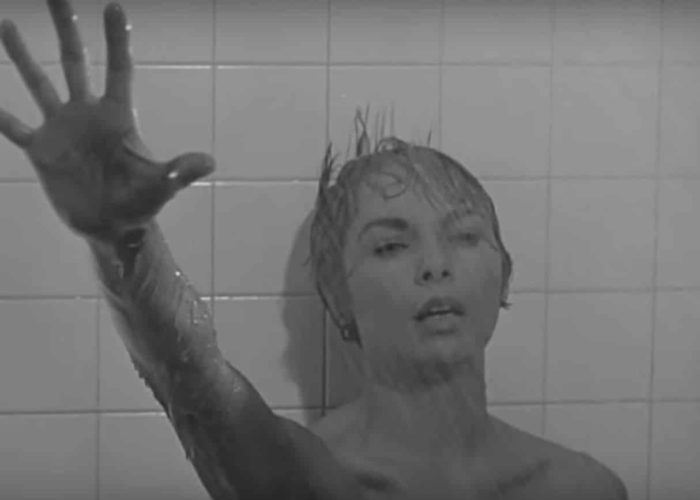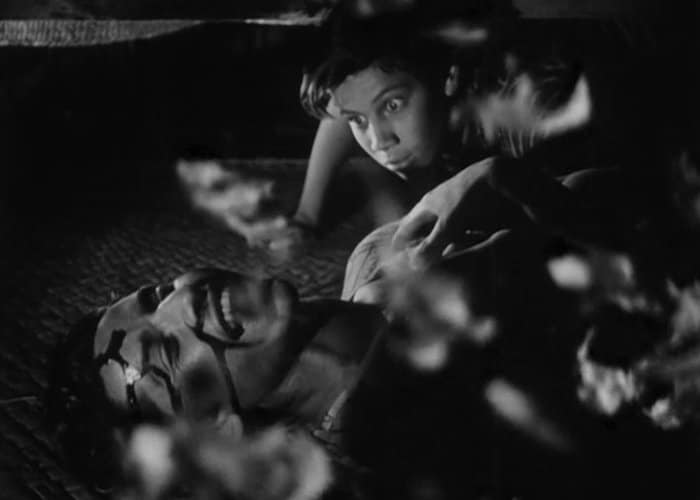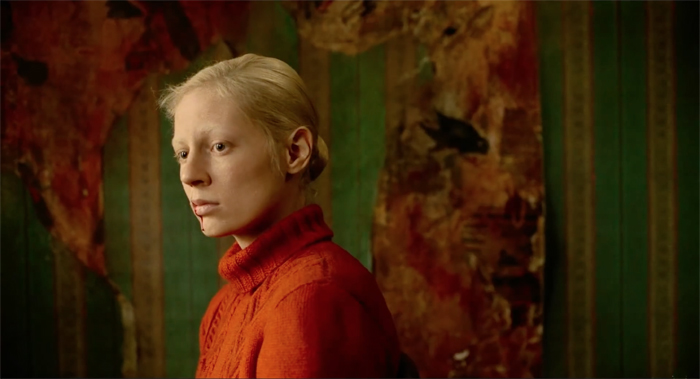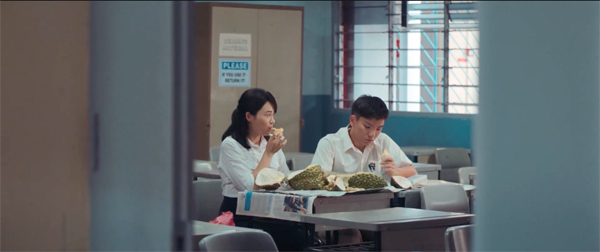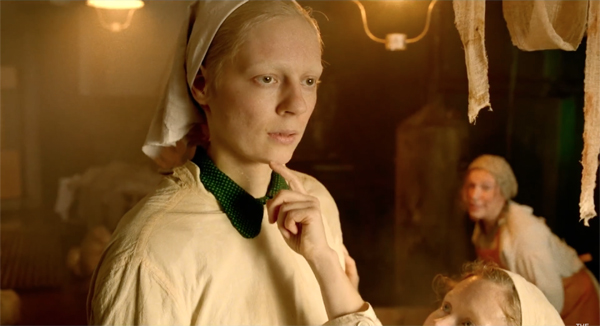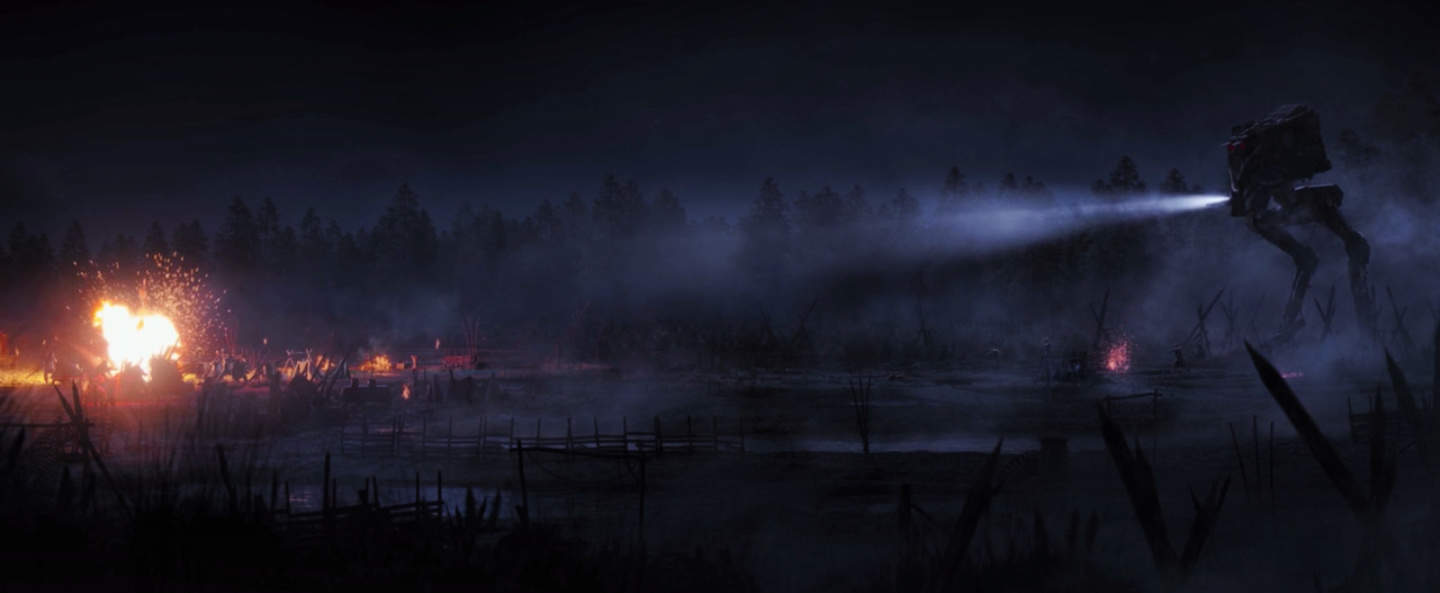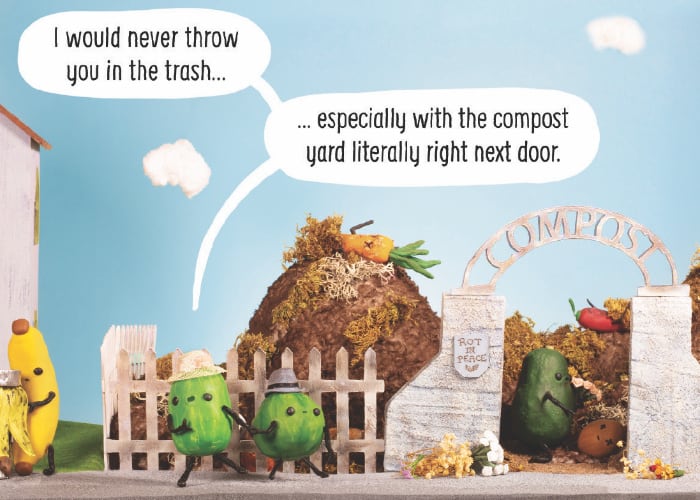Some people spend their days arguing over the merits of Netflix, but the rest of us are too busy enjoying new movies, engaging series, and fun specials. It’s just one more way to re-watch the movies we already love and find new ones to cherish, and this month sees some of both hitting the service.
The complete list of movies and shows hitting (and leaving) Netflix this month — December 2019 — is below, but first I’m going to highlight a few that stand apart from the bunch.
![]()
Netflix Pick of the Month
Sweetheart (2018) washes ashore on December 25th and just might be one of your favorite Christmas presents this year. JD Dillard’s terrific little creature feature drops a fantastic Kiersey Clemons onto a deserted island which she quickly discovers is home to some kind of monster. A hungry monster to be more precise. Its reveal is a thing of beauty (and belongs in our One Perfect Shot roster), the action and suspense are legit, and it ends on a high note. As a bonus, the movie is perfectly timed at around 80 minutes making for a fun and fast treat for genre fans.
Originals of Note, Maybe?

V Wars sinks its teeth in starting 12/5 and is a new series about a virus released from melting ice caps that transforms people into blood-sucking vampires. Only Ian Somerhalder — star of the CW’s The Vampire Diaries coincidentally enough — has a chance of stopping the infection before it’s too late. Noah Baumbach’s Marriage Story breaks up on 12/6 and delivers the acclaimed portrayal of of two people falling out of love. Adam Driver and Scarlett Johansson are both getting rave reviews. Michael Bay’s 6 Underground blows shit up starting on 12/13, and while it’s still weird that a new Bay movie is so close with so little fanfare I’m still hoping for a fun time. The Two Popes go to war (probably not accurate) starting 12/20 with Jonathan Pryce and Anthony Hopkins talking god stuff. And finally, The Neighbor (aka El vecino) comes knocking on 12/31, and while the story about a slacker who gains powers from an alien is interesting the more curious draw is director Nacho Vigalondo (Timecrimes, 2007).
The Oldest Film Hitting Netflix This Month

One of the constant criticisms against the streaming service is the lack of older films and a deference towards newer titles. It’s a valid argument, but each month I choose to take a positive route with it and highlight the oldest movie that’s hitting Netflix, and December’s title is from way back in… 1995. GoldenEye was Pierce Brosnan’s first go as James Bond, and it arrives at the end of the month on 12/31. Netflix has your back if you’re planning a marathon too, as the day also brings Brosnan’s other three Bond films — Tomorrow Never Dies (1997), The World Is Not Enough (1999), and Die Another Day (2002).
It’s Like Netflix Knows My Weakness
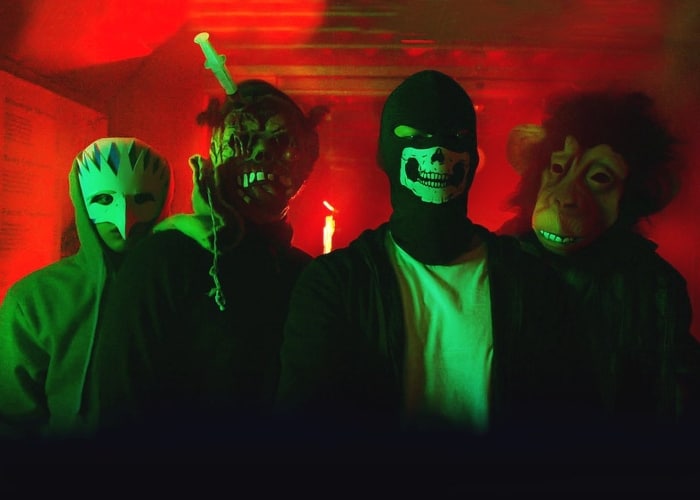
Dead Kids [Netflix Film] drops on 12/1 and is already on my must-watch list thanks to the title alone. Look, I like when genre films kill off kids, and I’m not sorry. It’s a bold move, always, and lets viewers know that no one is safe which in turn adds a dark energy by default. This Filipino film, the first Netflix Original for the country, is about teenagers — so not actually kids — but still offers up a hopefully compelling tale of bad choices and the young corpses they leave behind.
The Complete List
December 1st
The Adventures of Sharkboy and Lavagirl (2005)
Austin Powers in Goldmember (2002)
Austin Powers: International Man of Mystery (1997)
Austin Powers: The Spy Who Shagged Me (1999)
A Cinderella Story: Christmas Wish (2019)
Cut Bank (2014)
Dead Kids [Netflix Film]
Eastsiders: Season 4
Malcolm X (1992)
Searching for Sugar Man (2012)
Sweet Virginia (2017)
The Tribes of Palos Verdes (2017)
December 2nd
Nightflyers – Season 1
Team Kaylie – Part 2
December 3rd
Especial de Natal Porta dos Fundos: A Primeira Tentacao de Cristo [Netflix Film]
Tiffany Haddish: Black Mitzvah [Netflix Original]
War on Everyone (2016)
December 4th
The Last O.G.: Season 2
Let’s Dance [Netflix Film]
Los Briceno [Netflix Original]
Magic for Humans – Season 2 [Netflix Original]
December 5th
Apache: La vida de Carlos Tevez [Netflix Original]
A Christmas Prince: The Royal Baby [Netflix Film]
Greenleaf: Season 4
Home for Christmas [Netflix Original]
V Wars [Netflix Original]
December 6th
Astronomy Club: The Sketch Show [Netflix Original]
The Chose One – Season 2 [Netflix Original]
The Confession Killer [Netflix Documentary]
Fuller House – Season 5 [Netflix Original]
Glow Up [Netflix Original]
Marriage Story [Netflix Original]
Spirit Riding Free: The Spirit of Christmas [Netflix Family]
Teasing Master Takagi-san – Season 2 [Netflix Anime]
Three Days of Christmas [Netflix Original]
Triad Princess [Netflix Original]
Virgin River [Netflix Original]
December 8th
From Paris with Love (2010)
December 9th
A Family Reunion Christmas [Netflix Family]
It Comes at Night (2017)
December 10th
Michelle Wolf: Joke Show [Netflix Original]
Outlander – Season 3
December 11th
The Sky Is Pink (2019)
December 12th
Especial de Natal Porta dos Fundos [Netflix Film]
Jack Whitehall: Christmas with My Father [Netflix Original]
December 13th
6 Underground [Netflix Film]
December 15th
Dil Dhadakne Do (2015)
A Family Man (2016)
Karthik Calling Karthik (2010)
December 16th
Burlesque (2010)
The Danish Girl (2015)
The Magicians – Season 4
December 17th
Ronny Chieng: Asian Comedian Destroys America [Netflix Original]
December 18th
Don’t F**k with Cats: Hunting an Internet Killer [Netflix Documentary]
Soundtrack [Netflix Original]
December 19th
After the Raid [Netflix Documentary]
Twice Upon a Time [Netflix Original]
Ultraviolet – Season 2 [Netflix Original]
December 20th
The Two Popes [Netflix Film]
The Witcher [Netflix Original]
December 22nd
Private Practice – Seasons 1-6
December 23rd
Transformers Rescue Bots Academy – Season 1
December 24th
Carole & Tuesday – Part 2 [Netflix Anime]
Como caido del cielo [Netflix Film]
Crash Landing on You [Netflix Original]
John Mulaney & the Sack Lunch Bunch [Netflix Original]
Lost in Space – Season 2 [Netflix Original]
Terrace House: Tokyo 2019-2020 – Part 2 [Netflix Original]
December 25th
Sweetheart (2019)
December 26th
The App [Netflix Film]
Le Bazar de la Charite [Netflix Original]
Fast & Furious Spy Racers [Netflix Family]
You – Season 2 [Netflix Original]
December 27th
The Gift [Netflix Original]
Kevin Hart: Don’t F**k This Up [Netflix Documentary]
The Secret Life of Pets 2 (2019)
December 28th
Hot Gimmick: Girl Meets Boy [Netflix Film]
December 29th
Lawless (2012)
December 30th
Alexa & Katie – Season 3 [Netflix Family]
The Disastrous Life of Saiki K: Reawakened [Netflix Anime]
December 31st
The Degenerates – Season 2 [Netflix Original]
Die Another Day (2002)
GoldenEye (1995)
Heartbreakers (2001)
The Neighbor [Netflix Original]
Red Dawn (2012)
Tomorrow Never Dies (1997)
The World Is Not Enough (1999)
Yanxi Palace: Princess Adventures [Netflix Original]
![]()
What’s Leaving?
Leaving December 1st
Yoga Hosers
Leaving December 2nd
Africa – Season 1
Blue Planet II – Season 1
Frozen Planet: On Thin Ice
Frozen Planet – Season 1
Frozen Planet: The Epic Journey
Life
Life On Location
Life Story
Nature’s Great Events – Series 1
Nature’s Great Events: Diaries – Series 1
Planet Earth II
Planet Earth – Season 1
The Blue Planet: A Natural History of the Oceans – Season 1
The Hunt – Season 1
The Making of Frozen Planet – Series 1
Leaving December 4th
Thor: Ragnarok
Leaving December 11th
Get Santa
Leaving December 14th
Beyblade: Metal Fusion: Season 1
Merlin: Season 1-5
Leaving December 15th
Helix – Season 2
Leaving December 18th
Miss Me This Christmas
You Can’t Fight Christmas
Leaving December 19th
George of the Jungle 2
Leaving December 25th
Anthony Bourdain: Parts Unknown – Seasons 7-11
Kurt Seyit ve Şura: Season 1
Star Wars: Episode VIII: The Last Jedi
Leaving December 31st
About a Boy
Billy Elliot
Black Hawk Down
Christmas with the Kranks
The Crow
Daddy Day Care
The Dark Crystal
Fear and Loathing in Las Vegas
Frasier – Season 1-10
Frasier – The Final Season
Jackie Brown
Leap Year
Mona Lisa Smile
The Pink Panther
Pulp Fiction
Rain Man
Rocky
Rocky II
Rocky III
Rocky IV
Rocky V
Schindler’s List
Tears of the Sun
Wet Hot American Summer
White Christmas
Winter’s Bone
XXX: State of the Union
![]()
Follow all of our monthly streaming guides.
The post What’s New to Stream on Netflix for December 2019, and What’s Leaving appeared first on Film School Rejects.


